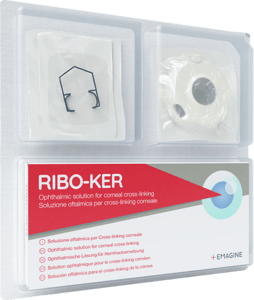
- نبذة عنا
- موزعو
- شكل
العنوان
Gubelstrasse 12, 6300 Zug, Switzerland
رقم الهاتف
+41 41 560 91 92
Fax
+41 41 560 91 99
البريد الإلكتروني
info@emagine-eye.com
 ???????
???????Choisissez votre langue Scegliete la vostra lingua Wählen Sie Ihre Sprache Escolha o seu idioma ??????????? ?????? Choose your language
Menu







